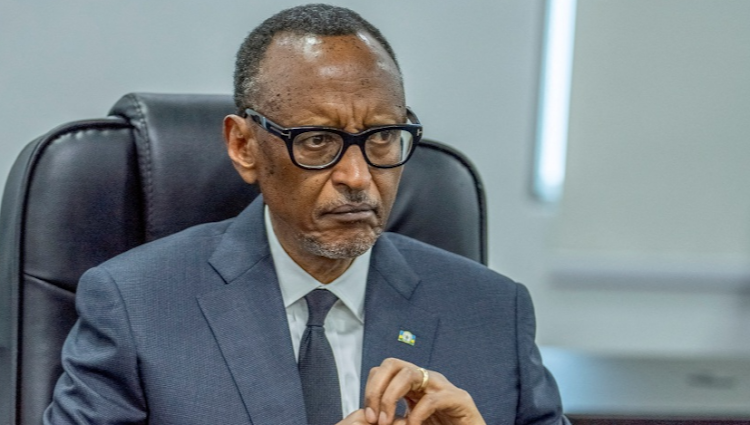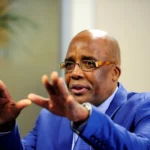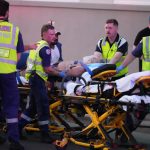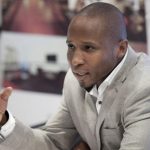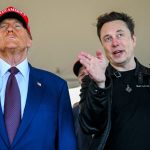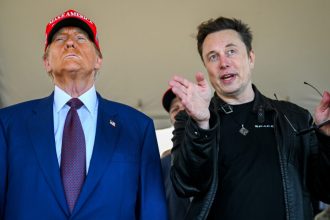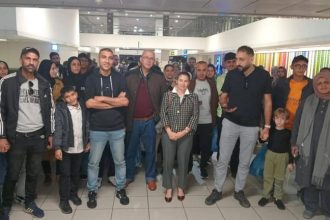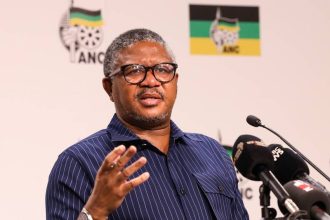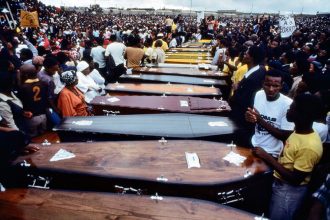Tensions between South Africa and Rwanda have reached a boiling point, with an unusually direct and heated exchange between President Paul Kagame and President Cyril Ramaphosa. In a late-night social media post, Kagame delivered a sharp response to Ramaphosa, challenging South Africa’s role in the Democratic Republic of Congo (DRC) and warning Pretoria against taking a confrontational stance.
“If South Africa wants to contribute to peaceful solutions, that is well and good,” Kagame wrote. “But South Africa is in no position to take on the role of a peacemaker or mediator. And if South Africa prefers confrontation, Rwanda will deal with the matter in that context any day.”
Kagame’s remarks come after Ramaphosa publicly condemned the deaths of 13 South African National Defence Force (SANDF) soldiers who were part of the SADC Mission in the DRC (SAMIDRC), engaged in fighting against M23 rebels.
Ramaphosa Mourns Soldiers, Calls Out Rwanda
Earlier in the day, President Ramaphosa addressed the nation, mourning the loss of South African soldiers killed in the conflict.
“The fighting is the result of an escalation by the rebel group M23 and Rwanda Defence Force (RDF) militia engaging the Armed Forces of the DRC (FARDC) and attacking peacekeepers from the SADC Mission,” said Ramaphosa.
He praised the fallen troops, calling them “brave” and committed to peace, while also confirming that efforts were underway to repatriate their remains. Ramaphosa extended condolences to the families of troops from Malawi and Tanzania, who also lost their lives in the clashes.
However, it was his reference to the Rwandan Defence Force (RDF) as a ‘militia’ that triggered Kagame’s sharp response.
Kagame Fires Back: ‘RDF is an Army, Not a Militia’
In a strongly worded statement, Kagame rejected Ramaphosa’s claims, arguing that Rwanda’s military was being misrepresented.
“The Rwanda Defence Force is an army, not a militia. SAMIDRC is not a peacekeeping force, and it has no place in this situation,” Kagame said.
He went further, accusing South Africa of mischaracterizing its military interventions in the DRC. Kagame asserted that SAMIDRC was not a neutral peacekeeping force but a belligerent force engaged in offensive combat operations against M23 rebels—whom he argues are Congolese citizens fighting for their rights.
He also accused SAMIDRC of aligning with groups hostile to Rwanda, including the Democratic Forces for the Liberation of Rwanda (FDLR), a militia with roots in the perpetrators of the 1994 Rwandan genocide.
The Bigger Picture: South Africa’s Role in the DRC Conflict
South Africa, through the Southern African Development Community (SADC), has taken a leading role in military interventions in the DRC, deploying troops to support President Félix Tshisekedi’s government against M23 rebels.
The situation is further complicated by longstanding allegations that Rwanda supports M23, a claim Kigali has consistently denied. The presence of multiple foreign military forces in the DRC, including SAMIDRC and UN peacekeepers (MONUSCO), has turned the region into a geopolitical hotspot.
South Africa views its involvement as a stabilizing effort, while Rwanda sees it as an aggressive intervention against Congolese groups that have grievances with Kinshasa.
What’s Next? Diplomacy or Escalation?
With Kagame openly challenging Ramaphosa’s statements and questioning South Africa’s role, diplomatic relations between Pretoria and Kigali are at risk of further deterioration.
The stakes are high:
- Will South Africa respond with further diplomatic pressure, or will Pretoria push for a more direct role in DRC’s conflict resolution?
- Could Rwanda escalate its stance beyond rhetoric?
- How will SADC and the African Union (AU) manage the growing rift between two of Africa’s most influential leaders?
For now, the world is watching as Kagame and Ramaphosa’s war of words unfolds, with real-world implications for peace and stability in the Great Lakes region.

